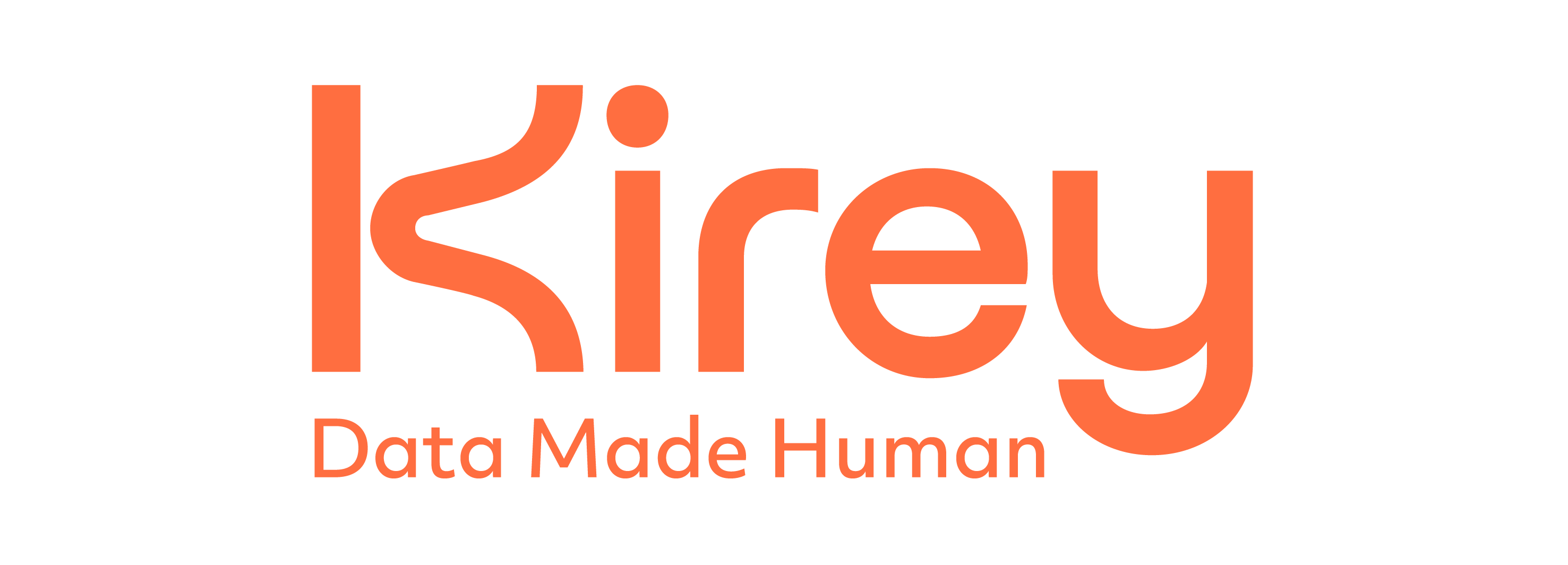The Maturity Model is a process of self-assessment that can be applied to a company to detect the maturity of penetration of Data Quality and Data Governance processes.
By Lina Ferraiolo, Principal Consultant of Kirey Group
The Maturity Model is a self-assessment process known from the literature. It is a conceptually very simple framework and is used to understand how capable a company or group of people is at, or structured to, do something. It can be used for different purposes and, because of this versatility, it is used to detect the maturity of Data Quality and Data Governance penetration processes, applied to a company.
Not only banking and insurance companies, after the operational preparation of Data Quality and Data Governance processes, are called to make the transition "demonstrative" and quantify their ability to operate with a real and concrete mastery of data. The adoption of such a framework can provide companies with a strict and objective, propagatable, repeatable and able to direct efforts towards a predefined goal.
Maturity Model’s benefits and Applications
The Maturity Model can be introduced in a company to begin an assessment aimed at bringing out the AS-IS situation of the issues of Data Governance and Data Quality.
The use of the Maturity Model, as a first further result, implicitly provides a conscious statement of a goal: in order to measure, a system and units of measurement must be calibrated. In this case, clarifying and explicitly expressing the results which can be reached by successive degrees, allow to construct the scale of values underlying the measurement.
A second result that can be obtained is the perimeter of t sectors of intervention: this means the identification of the fields or business areas subject of the survey.
Kirey Group's Maturity Model
The model proposed by Kirey Group involves drawing up of a questionnaire, which collects a sufficient number of questions to cover the different guidelines in which the government and the quality of the data are expressed.
The model, expresses maturity through the following steps:
⇒ Initial
⇒ Repeatable
⇒ Defined
⇒ Managed
⇒ Optimized
The literal meaning of the steps, even more so if declined specifically for the thematic areas in which the questions are grouped, is the first approximation for the definition of an improvement path towards an ideal, but actionable goal.
The response system, properly translated into objective evaluations, and a calculation algorithm, translates the survey into an equally objective measurement of a level, and manifests the value of coverage in relation to the scale: the objectives achieved are thus clearly indicated.
A questionnaire with its answers finds its completeness together with the identification of the sample, i.e. all the recipients to which it must be addressed. Kirey Group’s proposal is aimed at identifying the business sectors most responsive to the issues of Governance and Data Quality. In this meaning, we find the potential of the model regarding the development, the integration and the extension of following surveys to other sectors, based on an orientation and a definition of priorities and relevance of the application of the model.
It is clear that the analysis of the survey carried out by the Maturity Model represents the flywheel to define the road map for the progressive definition of a plant of Data Governance and Data Quality: we have the pursuable objectives, a perimeter of action, the actors involved and the awareness of the initial situation. The time variable remains "not valued": how much time is necessary to the application of the Road MAP, that it carries to a level considered "mature" for a company?
Leveraging the Framework Model for Timely Improvements
To answer this question, the Framework model is helpful: timing can be suggested and adjusted based on the findings after the first, and how and which situations progressively improve the initial level of maturity.
It is sufficient, in fact, to arrange the collection of the actions that lead to the improvement, together with the times of realization and the connection with the specific questions of the questionnaire for which they produce a forecasting effect of increasing adherence to the model.
The Maturity Model as Data Governance and Data Quality dashboard
Besides, the Maturity Model can be assimilated to a Dashboard of Data Quality and Data Governance. The dimensions of analysis are the time, the topics of Data Quality and Data Governance, the business areas that participate in the surveys. So it becomes a decision-making tool to encourage the preparation of improvement actions: the analysis of results, at different levels of detail, can highlight areas lacking or that, for internal strategies, should be strengthened.
If we integrate the Maturity Model to a repository that collects the information and in which converge the updates related to the topics of Data Quality and Data Governance, the evaluation of the questionnaire answers can be replaced by the reworking of KPI. By their nature, they already respond individually to specific issues: the Maturity Model is a powerful means to concretely express the intrinsic value pursued by the installation of a path of Data Governance and Data Quality.


